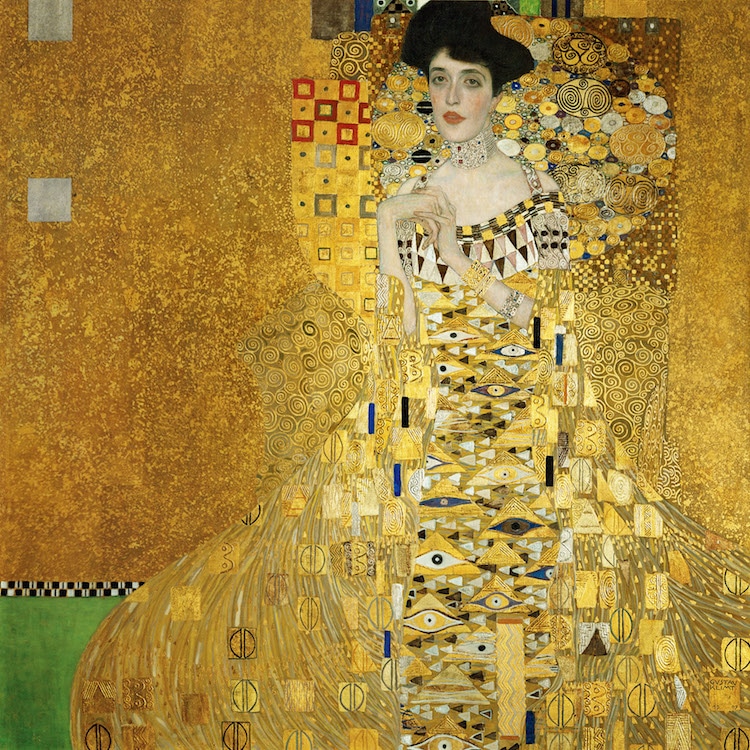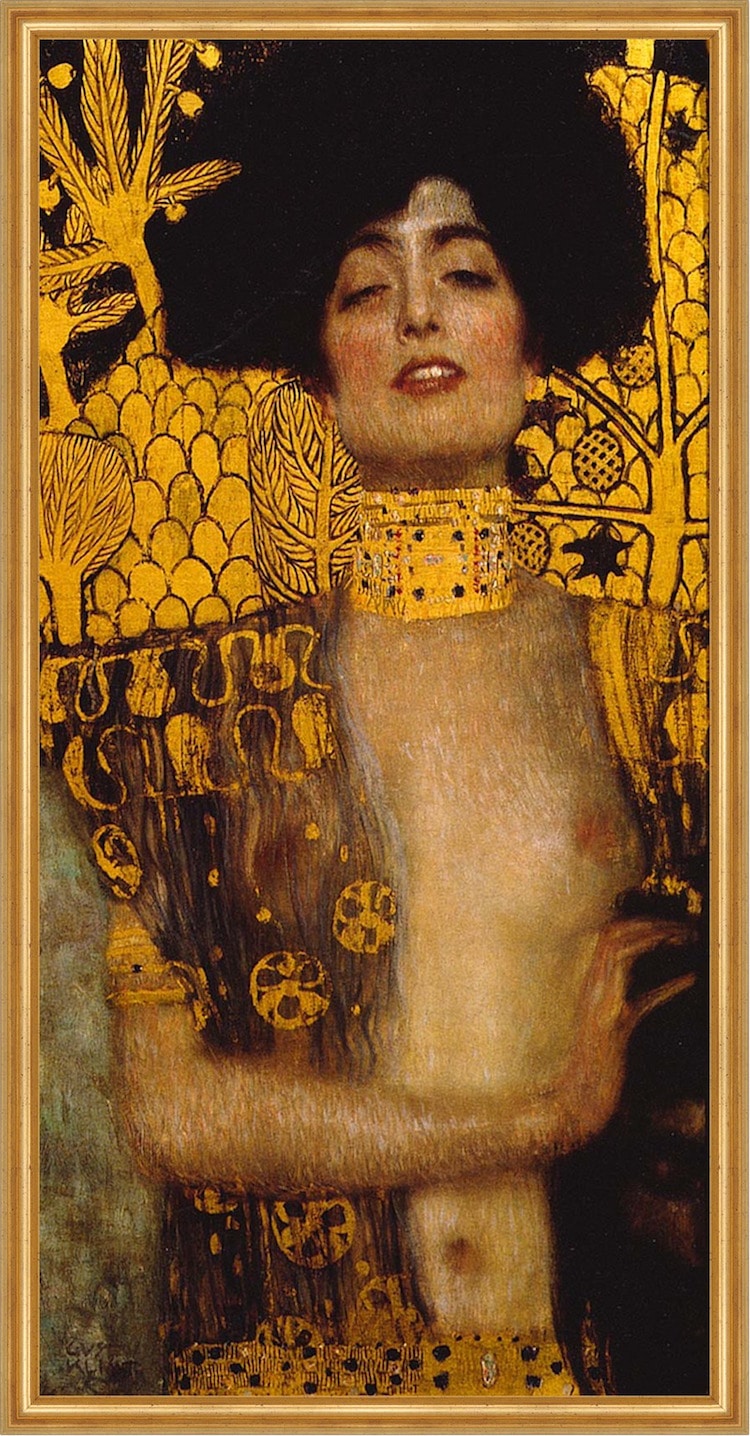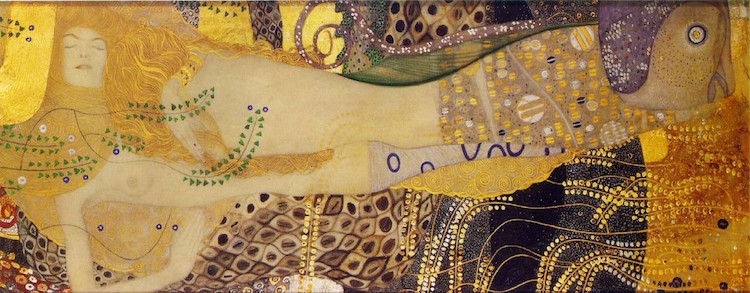
The Kiss, 1907-1908
Austrian artist Gustav Klimt is known for his ethereal, pattern-rich portraits. Today, several of these canvases are considered masterpieces, though This Kiss, a particularly exquisite piece, seems to float above the rest.
Listen beautiful relax classics on our Youtube channel.
Featuring shimmering gold tones, stylized forms, and sentimental iconography, The Kiss has enchanted audiences since its completion in 1908. Today, the awe-inspiring piece is housed in Vienna’s esteemed Österreichische Galerie Belvedere, though its illustrious legacy transcends Klimt’s Austrian roots.

Portrait of Gustav Klimt
Art Historical Context
As a member of the Secessionist Movement and a pioneer of Symbolism—a European genre of art characterized by mystical motifs, a personal approach to the visual arts, and an aesthetic similar to the contemporaneous Art Nouveau and Arts and Crafts movements—Gustav Klimt often took an avant-garde approach to painting. His distinctive style is particularly apparent in The Kiss, which was painted during his luminous “Golden Period.”
Works produced during this time feature pronounced planes and delicate detailing made of gold leaf. Inspired by Byzantine mosaics, this gilding gives each piece a glimmering appearance that accentuates the ethereal nature of Klimt’s subject matter and style. In addition to The Kiss, Portrait of Adele Bloch-Bauer I (1907), Judith and the Head of Holofernes (1901), and Water Serpents I (1904) convey this glimmering aesthetic.

Portrait of Adele Bloch-Bauer I, 1907

Judith and the Head of Holofernes, 1901

Water Serpents I, 1904
Subject Matter
The Kiss depicts an embracing couple kneeling in a grassy patch of wildflowers. Clad in a geometrically-printed robe and with a crown of vines on his head, the man cradles the woman’s face as he leans in to kiss her. The female figure—whose colorful, organically patterned dress contrasts her partner’s garment—wears flowers in her hair. As she wraps her arms around her partner’s neck, her eyes are peacefully closed, emphasizing the tranquility and intimacy of the scene.

The Kiss, 1907-1908
Klimt often explored this theme of love in his work. In The Tree of Life, a mosaic from his Stoclet Frieze series, two figures that bear striking resemblance to those featured in The Kiss—both compositionally and aesthetically—are shown in a similar intimate embrace.

The Tree of Life, Stoclet Frieze, 1909

The Tree of Life, Stoclet Frieze (detail)
This amorous focus is also evident in Love, an early piece painted in 1895. While, stylistically, this work has little in common with Klimt’s more well-known paintings, its romantic subject matter conveys his interest in exploring and capturing love.”Whoever wants to know something about me,” he said, “should look attentively at my pictures and there seek to recognize what I am and what I want.”

Love, 1895
As apparent in The Family, another gilded painting by Klimt, the artist’s tendency toward this iconography is not limited to romantic love. In this depiction, a sleeping mother and father hug their child. Like The Kiss, the scene offers a quiet glimpse into an intimate relationship.

The Family, 1909
The post The Story Behind Gustav Klimt’s Shimmering Symbolist Painting ‘The Kiss’ appeared first on My Modern Met.
Source: mymodernmet.com
Listen beautiful relax classics on our Youtube channel.